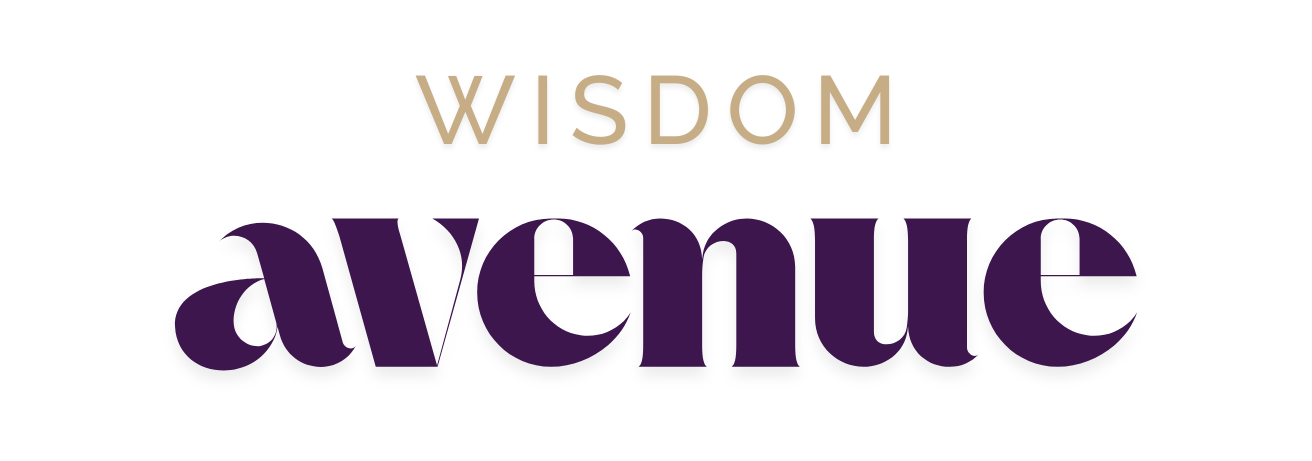Outline:
- The Fragile Architecture of External Approval
- What Trusting Yourself Really Means
- Building Inner Safety Brick by Brick
- From Self-Respect to Quiet Certainty
- The Strength of Standing Alone
There are moments—sharp, quiet moments—when you feel the world step back. A choice you made is questioned. A voice you spoke is dismissed. A truth you carry is misunderstood. And in that pause, something begins to tremble inside: What if they’re right? What if I’m wrong about myself? This is the ache of not being believed, of not being seen. And yet, in this space, a deeper invitation waits: to believe in yourself when no one else does. Trusting yourself isn’t loud. It doesn’t shout. It begins in stillness, in the decision to stand with your own knowing—even when it’s the only thing left standing.
The Fragile Architecture of External Approval
We grow up learning how to please. We are praised for obedience, graded for conformity, rewarded for fitting in. It’s no surprise that so many of us learn to locate our worth in the reflections of others.
But approval is a moving target. One day you’re enough. The next, you’re too much—or not quite right. Building your identity on the shifting ground of other people’s perceptions is like constructing a house on sand. It may hold for a while, but the first storm shakes everything. And when the world doesn’t validate us, our inner architecture collapses—unless we’ve built something stronger inside.
What Trusting Yourself Really Means
Trusting yourself isn’t blind confidence. It’s not arrogance. It’s a quiet alignment with your own values, your own intuition, your own experience.
- It’s saying, Even if they don’t get it, I know why I made that choice.
- It’s whispering, Even if they doubt me, I don’t need to.
- It’s remembering that no one else walks in your skin, carries your memories, or sees through your eyes.
This kind of trust doesn’t depend on being perfect. It grows from honesty, from the willingness to say: I may not know everything, but I know enough to move forward.
Building Inner Safety Brick by Brick
Self-trust is not a switch. It’s a practice. A process. A slow and steady building of inner safety. It starts with keeping promises to yourself—small ones. Showing up when you say you will. Taking your own needs seriously. Not abandoning yourself in moments of doubt. It continues with learning to sit with discomfort, to hear your own voice above the noise, and to stay present when old fears rise.
Sometimes, it means stepping away from people who confuse your boundaries with rejection, your clarity with rebellion. Sometimes, it means choosing your truth over your belonging. That’s the work. Quiet. Unseen. But deeply transformational.
From Self-Respect to Quiet Certainty
As trust in yourself grows, so does self-respect. And from that self-respect comes something rare in a noisy world: quiet certainty. You no longer need to convince anyone. You no longer panic when misunderstood.
You begin to recognize that being trusted by others is a gift—but trusting yourself is a home. This doesn’t mean you stop listening to feedback, or close yourself to growth. It means you anchor yourself internally, so you can filter external voices wisely. True self-trust allows you to stay rooted—even when storms come. It lets you speak gently and act clearly—even when others question your direction.
It’s not about always being right. It’s about knowing that you can trust yourself to course-correct if needed—and to keep walking.
The Strength of Standing Alone
The world will not always echo your truth. Sometimes, you will stand alone in your knowing, in your vision, in your boundary.
And in those moments, you have a choice: to collapse inward and seek safety in silence—or to root deeper, breathe slower, and say: I trust myself enough to keep going. This is where real strength lives—not in defiance, not in dominance, but in inner alignment. You may not be seen right away. You may not be understood. But your soul will know. And that knowing, over time, becomes unshakable.
So trust yourself. Even when the voices around you grow quiet. Even when the path feels unclear. Because somewhere within you is a compass—not loud, but faithful. And it’s enough to bring you home.
FAQs
1. How do I know if I’m truly trusting myself or just avoiding others’ perspectives?
Self-trust doesn’t shut others out—it holds space for input while staying anchored in your values. If you can listen without losing yourself, you’re likely moving from trust, not avoidance.
2. What if I’ve made mistakes in the past? How can I trust myself again?
Mistakes are part of learning. Rebuild trust by reflecting, forgiving, and choosing to act with more clarity moving forward. Trust grows when you show yourself that you can keep learning.
3. Can self-trust coexist with uncertainty?
Absolutely. Trusting yourself doesn’t require certainty—it requires courage. You can move forward unsure of the outcome, while still trusting that you’ll navigate whatever comes.








